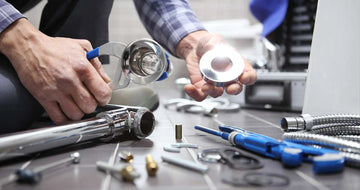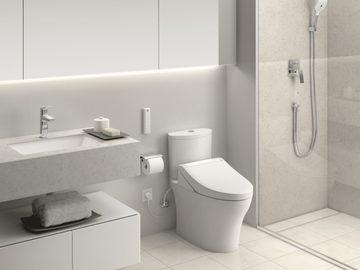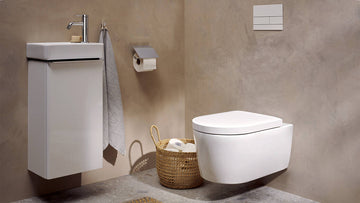In today's construction industry, ensuring the longevity and safety of buildings is paramount. One critical aspect that significantly affects building health is building water leak protection. Water leaks, if left undetected, can lead to severe structural damage, mold growth, and costly repairs. Thus, integrating effective leak prevention measures is crucial not only for safety but also for financial practicality.

Understanding Water Leaks in Buildings
Water leaks in buildings can originate from various sources, including plumbing failures, roof leaks, and window seal weaknesses. Understanding the potential origins of leaks is essential for effective building water leak protection. Addressing leaks promptly can prevent the escalation of minor issues into significant structural problems.
A case study from [Industrial Leak Detection System](https://dripx.io/blogs/our-insights/industrial-leak-detection-system) demonstrated the potential savings made by implementing leak detection technologies early. This proactive approach can often save thousands in repair costs and preserve the building's integrity.
The Ramifications of Ignoring Leaks
Ignoring minor leaks can quickly lead to extensive damage, turning small drips into massive infrastructure concerns. Water infiltration can weaken foundations, compromise electrical systems, and foster unhealthy mold growth. For industrial buildings, in particular, the implications can be extensive, affecting not only the physical structure but also the operational continuity and safety of personnel.
Moreover, the aesthetic appearance and core function of a building diminish when water damage is prevalent. Regular maintenance and inspection are key in identifying potential leak points before they become problematic.
Innovative Solutions for Water Leak Detection
Technological advancements have significantly improved building water leak protection. The use of smart water leak detectors, like those explored in [Warehouse Water Leak Sensor](https://dripx.io/blogs/our-insights/warehouse-water-leak-sensor), can provide real-time monitoring and alerts, enabling quick responses to any indication of a leak.
The integration of these technologies within building management systems allows for seamless monitoring of moisture levels and immediate detection of irregularities. This proactive approach not only safeguards against extensive damage but also aligns with modern building design philosophies prioritizing sustainability and resilience.
Implementing a Water Leak Protection Plan
Developing a comprehensive plan is vital for effective building water leak protection. This plan should involve regular inspections, maintenance routines, and the incorporation of smart technologies to monitor and manage water flow within the building.
Incorporating lessons and methodologies from [Office Water Leak Monitoring](https://dripx.io/blogs/our-insights/office-water-leak-monitoring), buildings can achieve optimal outcomes by ensuring that all areas prone to leaks are reinforced with state-of-the-art sensors and alarms. This holistic strategy minimizes risks and ensures that any potential threats are neutralized early.
Intelligent Water Management
The benefits of integrating smart technologies in modern buildings cannot be overstated. Implementing intelligent water management systems can significantly reduce the risks associated with water leaks. An informative article from [Smart Leak Detection Devices](https://www.travelers.com/resources/home/smart-home/4-smart-home-leak-detection-devices-to-help-avoid-water-damage) outlines how smart devices enable constant monitoring and instant alarms, allowing for immediate attention to potential leaks, ultimately preventing substantial damages.

Final Thoughts on Water Leak Protection
Building water leak protection is not merely a modern trend but a necessity for maintaining functional, safe, and resilient structures. As technology advances, the tools available for leak detection and prevention continue to evolve, offering more efficient, precise, and user-friendly options for property managers and builders.
By adopting a robust water leak management approach and integrating the latest leak detection technologies, the construction industry can safeguard against the risks linked with water damage, ensuring that buildings remain safe havens for generations to come.
FAQ
What are the main causes of water leaks in buildings?
Water leaks often stem from plumbing failures, roof damage, or ineffective window seals. Identifying these sources early as part of a comprehensive building water leak protection strategy can prevent significant damage.
How can buildings benefit from smart leak detectors?
Smart leak detectors provide real-time monitoring and alerts, ensuring immediate response to potential leaks. These devices are beneficial as outlined in [Smart Leak Detection Systems for Homes](https://theconnectedshop.com/blogs/tech-talk/the-technology-behind-smart-water-leak-detectors-how-do-they-work), and they enhance the overall protection and sustainability of a building.
Why is regular maintenance important for leak prevention?
Regular maintenance ensures that potential leak sites are identified and addressed before they escalate into major problems. This practice is vital for preventing structural damage and maintaining the appearance and safety of a building.






